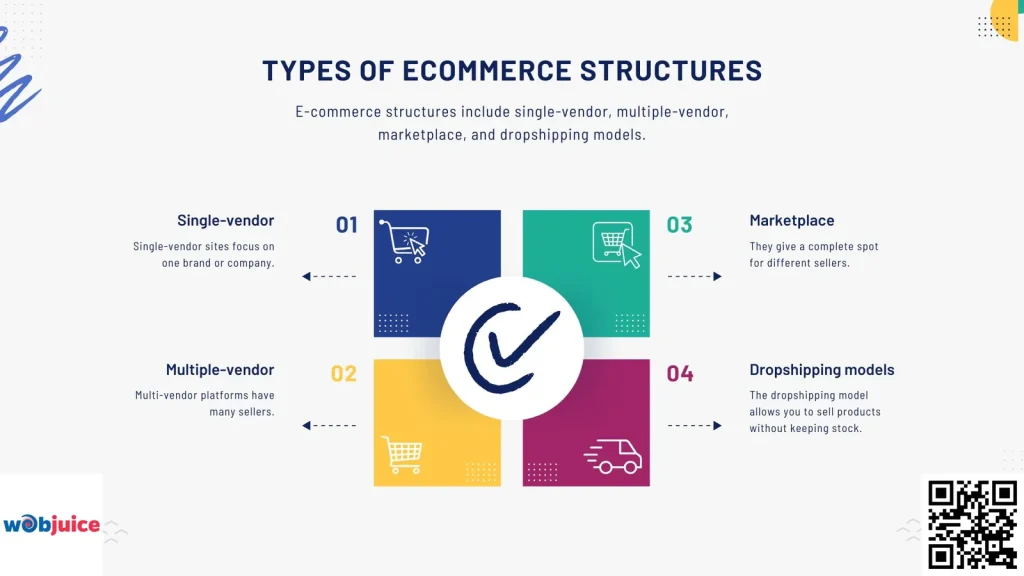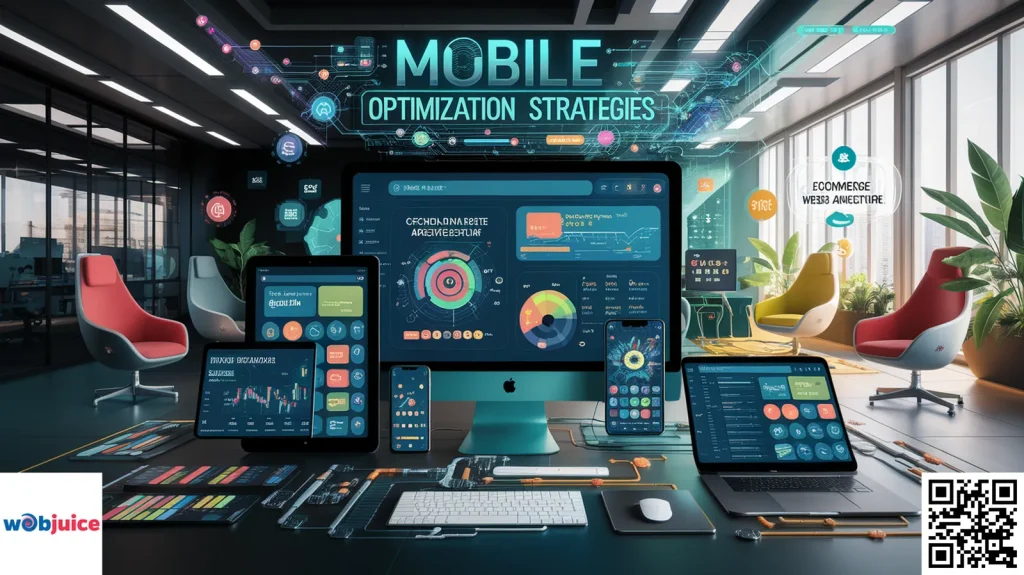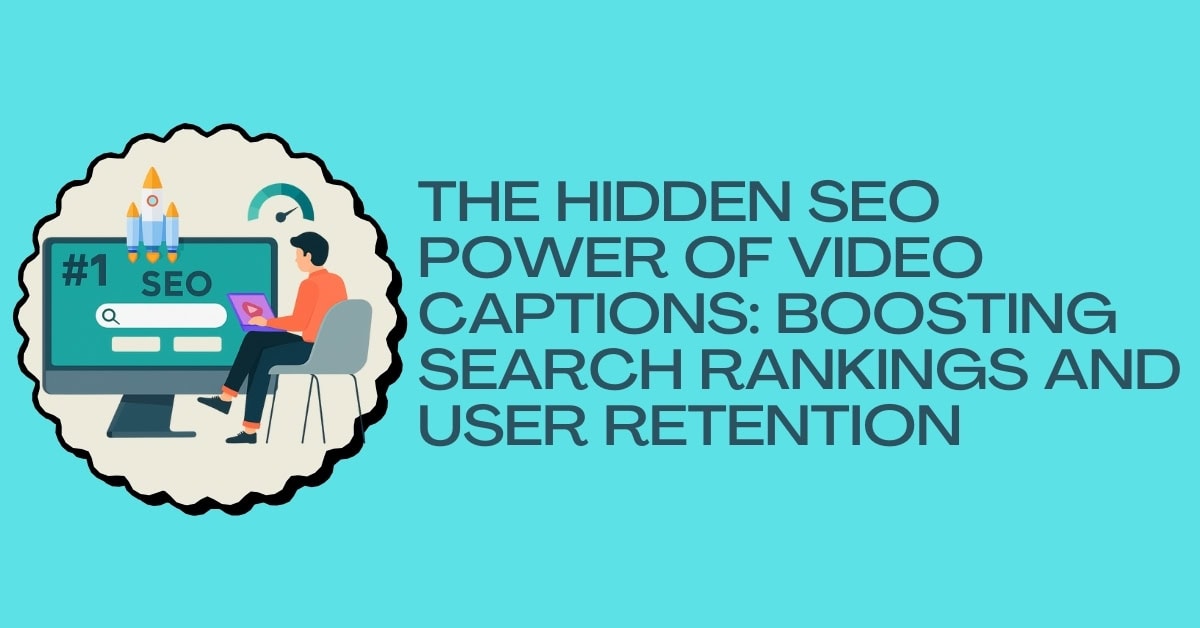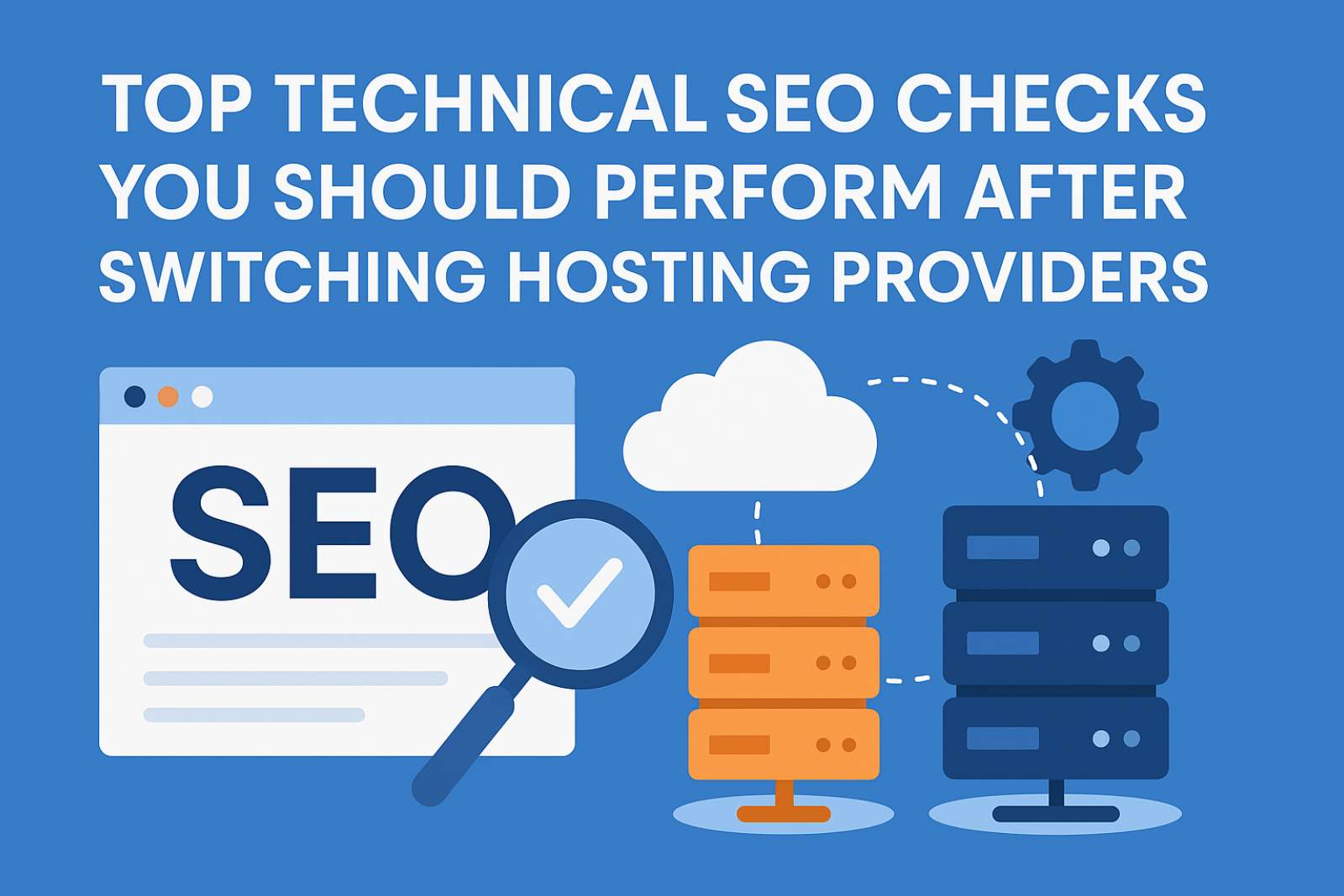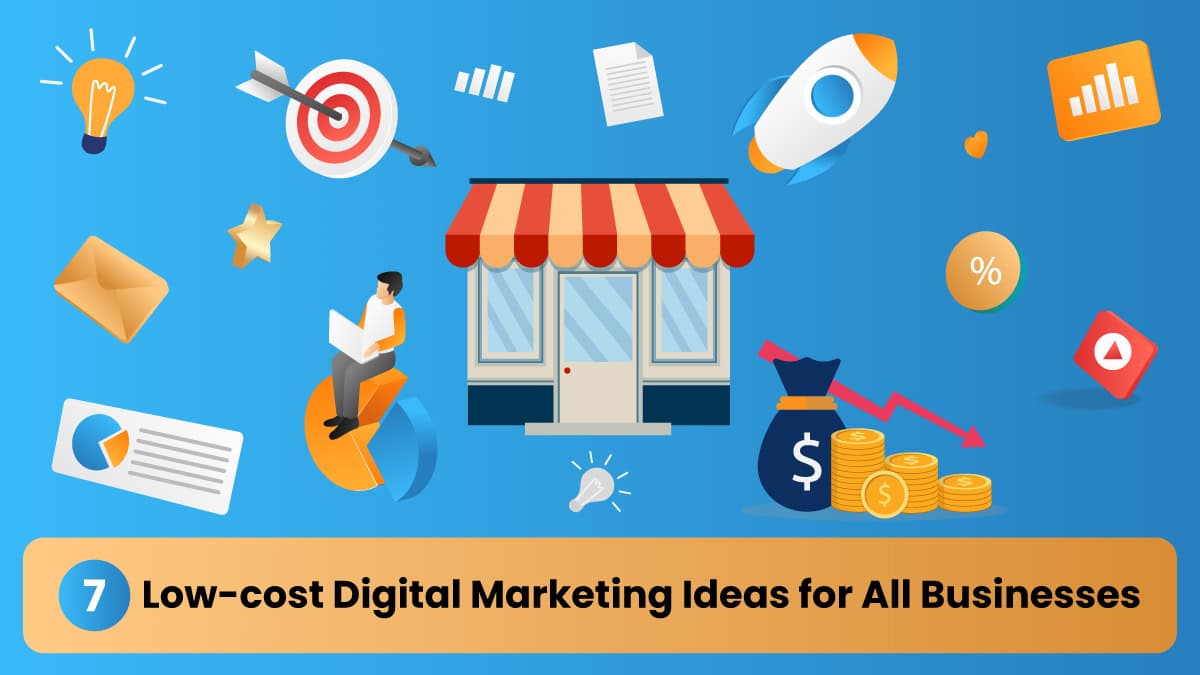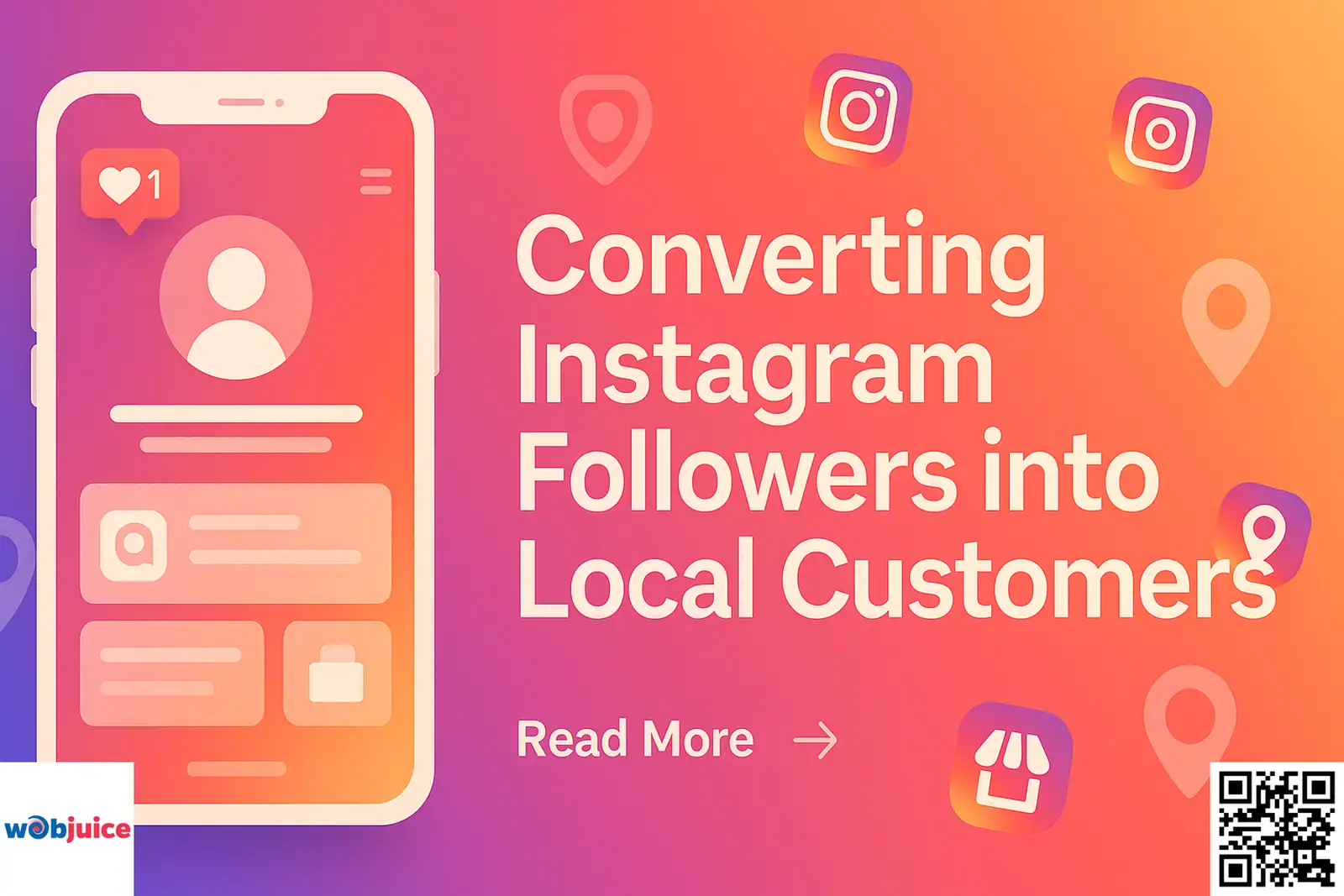A good e-commerce architecture website design improves user experience and helps SEO performance.
A well-organized site makes it easier for people to find products.
It lowers bounce rates.
It also works well on mobile devices.
Best practices are having clear navigation.
They also have easy-to-use menus and optimized URLs.
You can pick from different ecommerce setups.
Single-vendor or multi-vendor models each have their benefits.
A good internal linking plan helps keep users interested.
Quick loading times do the same.
Use these ideas carefully.
They will boost your site’s visibility and make customers happy.
A clean and well-organized e-commerce site helps users feel good. It lowers bounce rates and improves SEO with easy navigation and clear categories.
There are several types of ecommerce setups. These include single-vendor, multi-vendor, marketplaces, and dropshipping. Each has its benefits and problems.
Using the best practices for navigation is key. Dropdown menus and breadcrumb trails make it easier to find products and improve user happiness.
A good URL structure with clear, keyword-rich text helps users and makes the site easier to notice in search engines.
A design that works on mobile devices is very important. It keeps users coming back, improves SEO, and boosts sales because many people browse on their phones.
Website structure makes it easier for users to navigate and helps with search engine ranking.
A good layout lets search engines find and index your content properly.
This makes your products easier to find.
Knowing how to improve e-commerce SEO is key to online success.
A strong e-commerce architecture structure is the base for all good optimization plans.
Think about a possible customer looking for a certain item.
A bad website design can cause frustration and make them leave.
Easy navigation, clear categories , and a simple checkout can lower bounce rates and increase sales.
Additionally, good design helps your site work well on mobile devices.
So, making your design fit for mobile can help improve your search rankings.
E-commerce structures include single-vendor, multiple-vendor, marketplace, and dropshipping models.
These setups meet different business models and customer needs.
Single-vendor sites focus on one brand or company.
This setup helps people stick to the brand and makes managing products easier.
Link-building strategies can help increase the visibility of these structures.
This can result in more organic traffic and sales.
Multi-vendor platforms have many sellers.
They offer customers more options for products.
Marketplaces like Amazon or eBay do this more.
They give a complete spot for different sellers.
The dropshipping model allows you to sell products without keeping stock.
This setup lowers your initial costs and risks.
Every structure has its benefits and difficulties. Pick one that fits your business goals.
Start with a clear main menu that has important categories.
Think about how your visitors will move through your site—put related products together and use clear labels.
Using good SEO tips for your navigation can help your online store get seen and improve its search engine rank.
Use dropdown menus.
This clears up your interface while still allowing for deeper choices.
You should add a search bar in a visible spot on your site.
Think about mobile users.
Make sure your navigation fits well and is simple to use on small screens.
Try out different layouts to find what is best for your audience.
Add breadcrumb navigation.
This helps people know where they are on your site. It’s a simple way to improve usability.
Mastering on-page SEO is key to improving your website’s visibility and performance in search results.
This means you should optimize meta tags, headers, and content for important keywords.
A good URL can help more people find your site.
It makes it easier for search engines and customers to get around.
A good internal linking plan makes it easier for users to navigate.
Making sure your design works well on mobile can help improve your rankings.
These parts come together to build a strong SEO base for your online store setup.
Optimizing your URL structure is important for a good user experience and search engines.
A clear URL helps search engines understand your site better.
This can lead to better rankings, more visibility, and more traffic.
A good URL is short and clear.
It uses keywords that relate to the page content.
Do not use extra parameters or numbers.
They can confuse users and search engines.
Use hyphens to break up words.
Keep the same structure throughout your site.
Use your brand name in the URL.
Use good anchor text for your internal links.
This helps users find their way and gives more details to search engines.
Link to important, quality pages to improve their visibility in search results.
Balance the links you use.
Don’t put too many links on one page.
Spread them out on the important pages.
Show off the main products or categories.
By following these practices, you’ll improve site routing and SEO performance.
To make your mobile design better, make sure your site loads fast.
It should also show content clearly on smaller screens.
Use responsive design to change your layout for different devices.
Making navigation easy is important.
Users should be able to find products and buy them without any trouble.
Think about using touch-friendly items to make things easier to use.
Keep buttons and links far enough apart to stop wrong clicks.
These changes can make users happier and show search engines that your site is set up well, which can help improve your rankings.
First, check that your site has a design that works well on different screen sizes.
This helps users have a better experience and can improve your rankings on search engines.
Effective local SEO can help your business stand out and draw in nearby customers looking for products or services you provide.
Next, make loading times better.
Mobile users want fast access to information.
Shrink images and reduce code to improve performance.
Tools like Google PageSpeed Insights can help you find areas to work on.
Also, use features made for mobile, like click-to-call buttons.
They help make buying easier and keep users more engaged.
Don’t forget about navigation.
Make your menus simpler and check that buttons can be clicked easily.
This helps reduce frustration for people using mobile devices.
To understand the user experience better, look at site speed, ease of navigation, and how easily the content can be accessed.
Quick-loading sites help reduce shopping cart drop-offs.
A responsive design makes sure that content appears well on every device.
Technical SEO practices help to improve site speed and make it mobile-friendly.
Check your site’s navigation.
Users should be able to find products easily and without frustration.
Simple menus and clear categories can improve the shopping experience.
Use tools to track how users behave.
Clear and useful product descriptions help customers decide what to buy and can also boost SEO rankings.
A good ecommerce website improves user experience and helps SEO.
Having clear navigation and making it work well on mobile increases how easily people can find and use it.
A strong website structure makes it simpler for search engines to read your pages.
This can lead to better search results and more visitors.
Focusing on these strategies helps your brand grow over time and do well online.
A strong website design also allows search engines to explore your site better.
This means improved search results and more visitors from organic searches.
By using these methods, you are preparing your e-commerce business for steady growth online.

